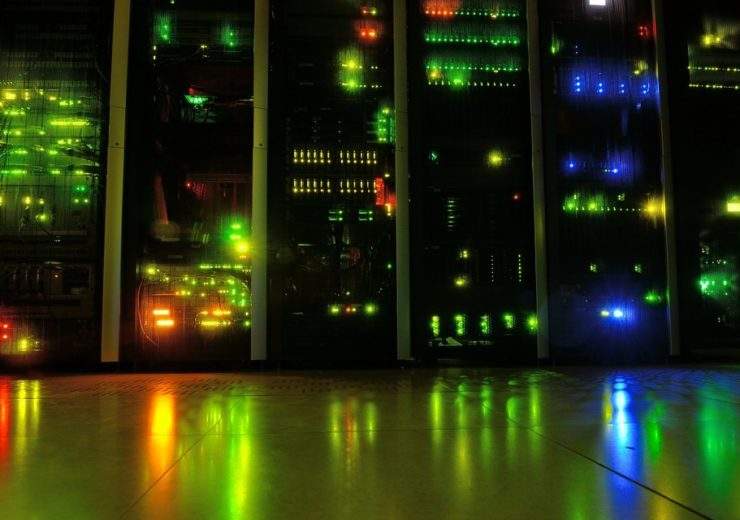A new agreement between Vertiv and Upside Energy aims to make energy use in data centres greener by reducing stress on the national grid during peak hours

Data centres are a big carbon emitter
Energy use in data centres will be made smarter in a new partnership that will ensure business customers receive greener power.
US-based Vertiv, which provides data centre infrastructure for social media and telecoms companies, has teamed up with UK energy software specialist Upside Energy to reduce stress on the national grid during peak hours and generate savings for customers on their energy bills.
Data centres place taxing demands on the energy grid, using roughly 416 terrawatt hours of power globally every year – in comparison the UK’s annual consumption is 300 terrawatt hours.
Upside Energy will help Vertiv to manage its data centres’ electricity usage during peak times – which are typically during the early evening.
During these hours, the centres will switch to using back-up battery power.
Devrim Celal, CEO of Upside Energy, said: “At the most critical points, we will switch data centres from using electricity from the grid to their batteries, and then back on to the grid when the constraint has been lifted.
“By reducing their demand on the grid, it eases the problem that the grid is having.”
How energy use in data centres can be made greener
Mr Celal said the software his company uses will help data centre providers to offer greener energy.
He added: “In peak hours, electricity prices will jump up, there will be more demand on the grid and it will typically rely on coal power generation to supply electricity for that peak demand.
“If we can shift the data centres’ requirements away from that peak evening time by using batteries – to later in that evening when that stress goes away – we are both saving the data centres money by helping them use cheaper energy and selling a service to the national grid.
“But also we’re curtailing coal usage, so we’re ending up with a greener operation.”
How energy use in data centres comes from the grid
For electricity to flow properly, supply and demand needs to be carefully balanced in real-time – second by second.

Mr Celal explained: “If that balance goes out of equilibrium, there will be a surplus or shortage of supply and lights will go off.”
Currently, the national grid relies on coal and gas-powered generators during these periods as their output of power can be easily regulated.
In contrast, renewable energy sources are dependent on factors that are out of human control, such as wind or solar energy, so are not always able to increase their output of electricity to match demand.
Mr Celal added: “We are now creating flexible products to manage demand to fit supply, as opposed to the old way where supply always tried to fit demand.
“We’re moving to a more supply-led electricity system.”
Driving a shift for energy use in data centres
Upside Energy’s cloud-based advanced algorithmic Flexibility Platform has the capability to provide demand response and orchestrate more than 100,000 devices or systems running in parallel at real-time.
The software will remotely monitor the power supplies to Verviv’s UK customers that opt in, allowing them to track how their batteries are being used and whether they are functioning properly.
The monitoring capability also minimises the risk that batteries might get depleted while sitting idle and waiting to be called upon in a potential emergency.
Emiliano Cevenini, vice-president of commercial and industrial vertical markets for Vertiv in Europe, Middle East and Africa, said: “We are committed to delivering best-in-class and mission-critical technologies, while also finding new ways to utilise our solutions for innovative and alternative applications.
“In today’s world, it is vital for organisations to optimise their energy consumption and costs – while we are not energy producers, we can definitely help companies leverage UPS battery storage and cut energy costs.”
Pritil Gunjan, senior research analyst at Navigant Research, added: “The proliferation of distributed energy resources and a growing percentage of intermittent renewables in the grid is driving the requirement for more grid energy storage.
“Technology solutions that can support grid interactivity and resource integration should help meet some of that need.
“Importantly, it also provides an opportunity for data centres and other infrastructure operators to make the important shift from being relatively passive consumers of energy to energy prosumers.”


